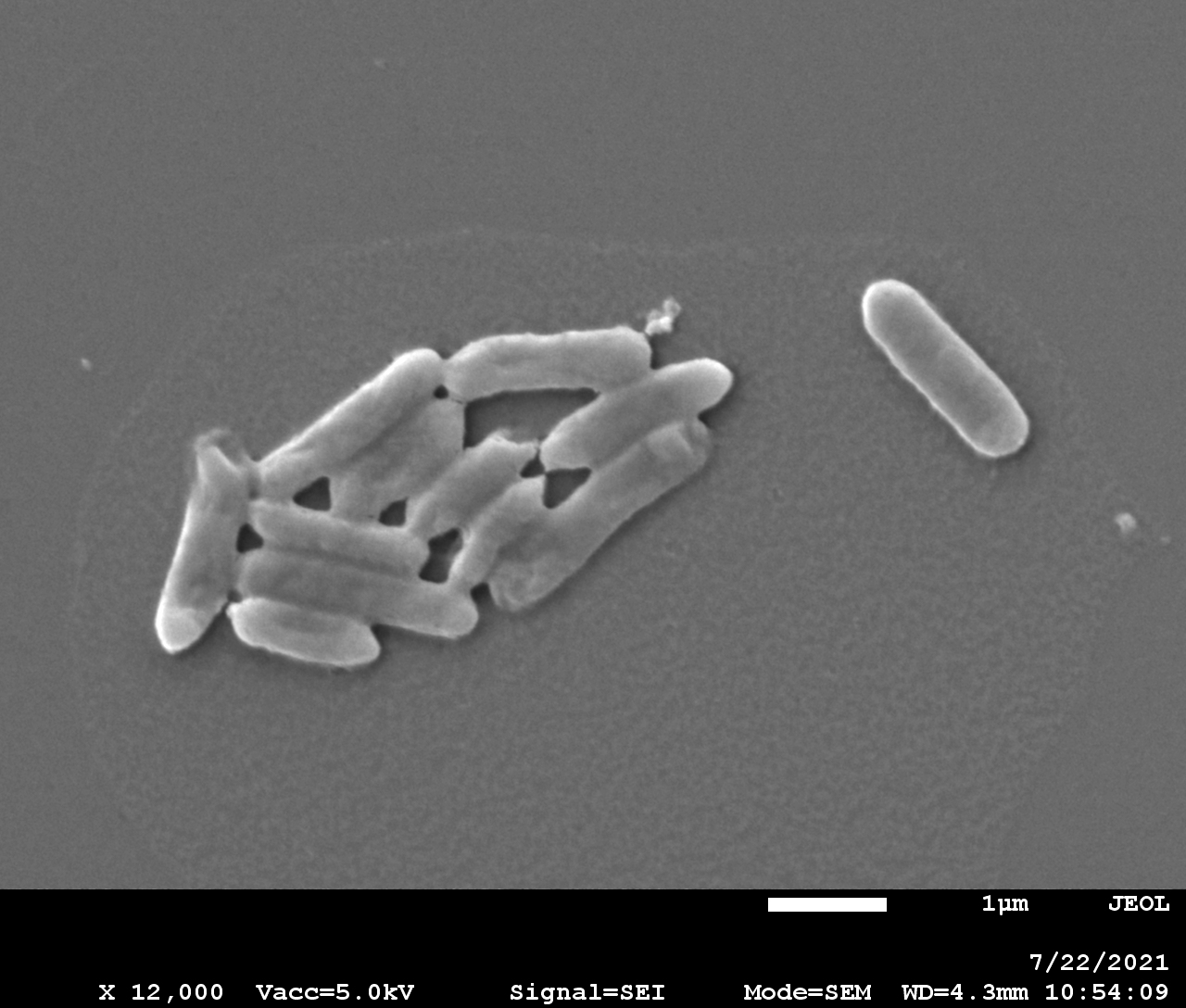Could Acidithiobacillus ferrooxidans be analogs of microorganisms potentially inhabiting Venus clouds?
- 1Duke University, USA, Duke Kunshan University, China, (azs4@duke.edu)
- 2Institute of Materials and Biomedical Engineering, University of Zielona Gora, Poland (grzegslowik@o2.pl)
- 3Division of Normal Anatomy, Department of Human Morphology and Embryology, Wroclaw Medical University, Poland (pawel.dabrowski@umed.wroc.pl).
Introduction:
Within the next decade, there are plans to carry out at least three space missions - Envision, DAVINCI+ and VERITAS - with which we could significantly broaden our current knowledge about Venus from the astrobiological point of view. A great supplement of the in-situ research carried out on Venus are the experimental tests carried out on Earth in a specially designed testing chamber with the reconstructed conditions encountered on Venus clouds. The need for such research, both in situ by probes and spacecraft on Venus, as well as in Earth's research laboratories, is suggested by the latest research results and formulated research hypotheses regarding potential life in the lower part of Venus clouds (at an altitude of 47.5-50.5 km above its surface) [1]. On the other hand, 3D-climate models indicate that this planet for a long time could have been characterized by an inhabited climate and have an ocean of water on its surface [2]. The discovery of phosphine in the clouds of Venus may also indicate the presence of microorganisms in the clouds of Venus [3].
Results and discussion:
Spectrophotometric UV-Vis-NIR tests of Acidithiobacillus ferrooxidans - strain 583 DSM have been carried out and the experimental data that have been obtained were compared with their counterparts characteristic of Venus clouds on the same wavelength [4]. The obtained dependence incident radiation wavelength vs. the transmittance for the studied bacteria Acidithiobacillus ferrooxidans, strain 583 DSM and Venus show similarity for specific wavelengths λ, which may indicate the potential existence in the clouds of Venus of microorganisms that are analogues of the terrestrial bacteria Acidithiobacillus ferrooxidans, strain 583 DSM with similar physicochemical properties. Further research of different types of acidophilic bacteria in the testing chamber with the reconstructed conditions encountered on the lower layer of Venus clouds will allow for the identification of further Earthly analogues of microorganisms potentially inhabiting Venus clouds.
References:
[1] Limaye S.S. et al. (2018) Astrobiology, 18, 1181-1198.
[2] Way M.J et al. (2016) Geophys. Res. Lett., 43, 16,
8376-8383.
[3] Greaves, J.S. et al. (2021) Nature Astronomy, 5, 655-
664.
[4] Kuiper, G.P. (1969) Comm. Lunar Planet. Lab., 101, 1-
21.

Figure 1
Scanning electron micrographs of Acidithiobacillus ferrooxidans, strain DSM 583.
How to cite: Stryjska, A., Słowik, G., and Dąbrowski, P.: Could Acidithiobacillus ferrooxidans be analogs of microorganisms potentially inhabiting Venus clouds?, Europlanet Science Congress 2022, Granada, Spain, 18–23 Sep 2022, EPSC2022-941, https://doi.org/10.5194/epsc2022-941, 2022.

